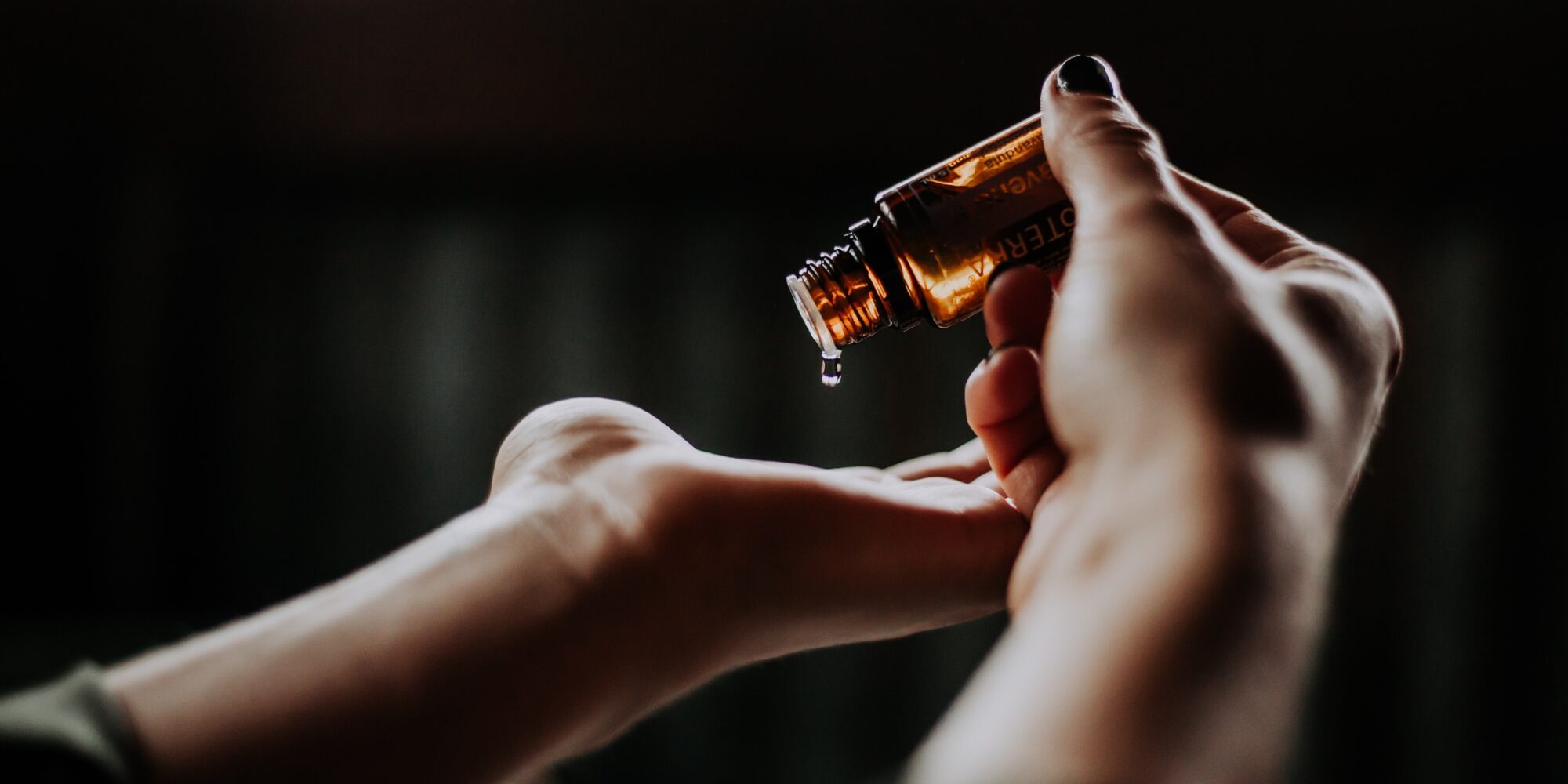
From Different Packaging For Different Distribution To Low-pH Products, Trends Behind-The-Scenes Beauty Companies See Bubbling Up
Many beauty brands are trying to incorporate sustainability measures, but the production processes and packaging responsible for making and encasing their products don’t necessarily support their sustainability ambitions. The good news, according to beauty suppliers, is they’re improving.
“We’ve come a really long way, and we now have more sustainable options,” said Tish Poling, president and chief development officer at manufacturing company International Products Group during a recent Beauty Independent In Conversation webinar. “But unless it’s something like a face oil—I could probably do that 100% organic with sustainable oils—or maybe a lip product, if it’s a water-based emulsion, I’m not going to get to 100% percent sustainable. We’re getting there, though.”
For the webinar, Poling was joined by Elizabeth A. Corbett, president of enterprise sales at packaging firm AE Global, and Erin McCusker, product manager for North America at ingredient distributor Barentz. Sustainable packaging options are evolving for the better, but there remain areas that could be significantly advanced, underscored Corbett, who noted compostable packaging hasn’t yet been perfected.
“We’ll probably have some amazing options in six months or 12 months or 18 to 24 months,” she said. “When recycled paper first came out, it was really awful. Now, you can look at 100% post-consumer paper, and you can’t even tell that it’s 100% recycled.”
With sustainable options evolving, brands choosing a sustainable route often have to weigh it against efficacy. “Everybody wants sustainable, but I think the ultimate goal is to have something that’s still efficacious and that the customer wants to use,” said McCusker. “They may buy it because it’s got this great story, but if they don’t want to use it every day, that’s a big problem.”
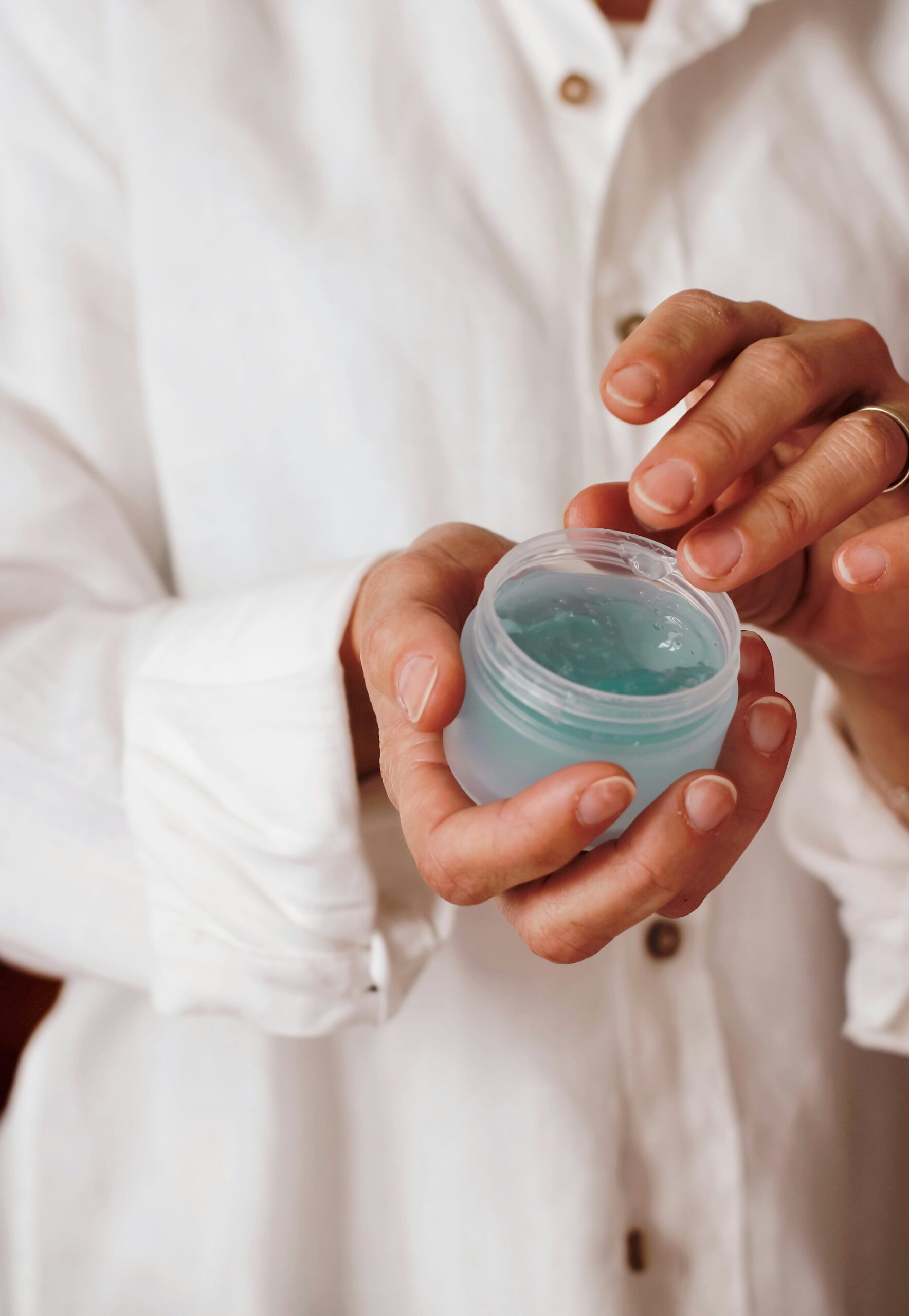
Beauty Industry Trends
In beauty brands working with Barentz, there’s been a rising demand for polyphenols, a family of plant compounds with antioxidant properties. Meanwhile, IPG is seeing heightened demand for men’s products, menopause care and skincare products with low pH levels. Multitasking products are still trending, too.
“Now, less is more. People don’t have time,” said Poling. “I also believe that COVID changed our behavior and our patterns of how we care for our skin. What is our morning routine, and what is our night routine? Maybe that’s six or seven products total, maybe it’s five.”
Corbett highlighted that brands are leaning into distinct packaging materials for distinct junctions in a customer’s shopping journey. For example, durable plastic jars made from polyethylene terephthalate (PET) are utilized for the initial purchase, while refillable pouches are utilized for replenishment.
Packaging is diverging along distribution lines as well. Corbett generally advises brands to nix pricey outer packaging in their direct-to-consumer channels. “It makes a lot of sense to have a different form factor for direct to consumer that still represents your brand and has a positive customer experience, but doesn’t necessarily have to cost as much,” she said. “That secondary carton can be anywhere from 30 cents to a dollar. It adds up quickly.”
Domestic Production
Following the pandemic-spurred global supply chain disruption, brands are more eager than ever to bring production closer to home. “They’ll ask us right out of the gate, ‘Are you making this in China? Are you making this in India? Are you making this overseas?’” said Poling. IPG maintains manufacturing facilities stateside, although some packaging and ingredients arrives at them from Asia.
Brands typically have to source ingredients outside of North America, but McCusker advises them to diversify their supply chain as much as possible to minimize shipping snafus, among various problems. “If all of your ingredients are coming from Asia, you’re probably going to have some sort of delay or issue getting raw materials,” she said. “At some point, there’s an issue getting a container or there’s a plant shutdown or some sort of audit that didn’t go well. Having a little bit of diversity in your supply chain I think is very important.”
In response to clients’ strong demand for domestic production, AE Global flipped its manufacturing and sourcing ratio to 75% onshore and 25% offshore. Prior to 2020, the ratio was reversed. “It’s much easier to manage your inventories if you don’t have to buy six months’ worth of something,” said Corbett. “A lot of the products that I manufacture can be turned around in four weeks or less. You just have so much more flexibility.”
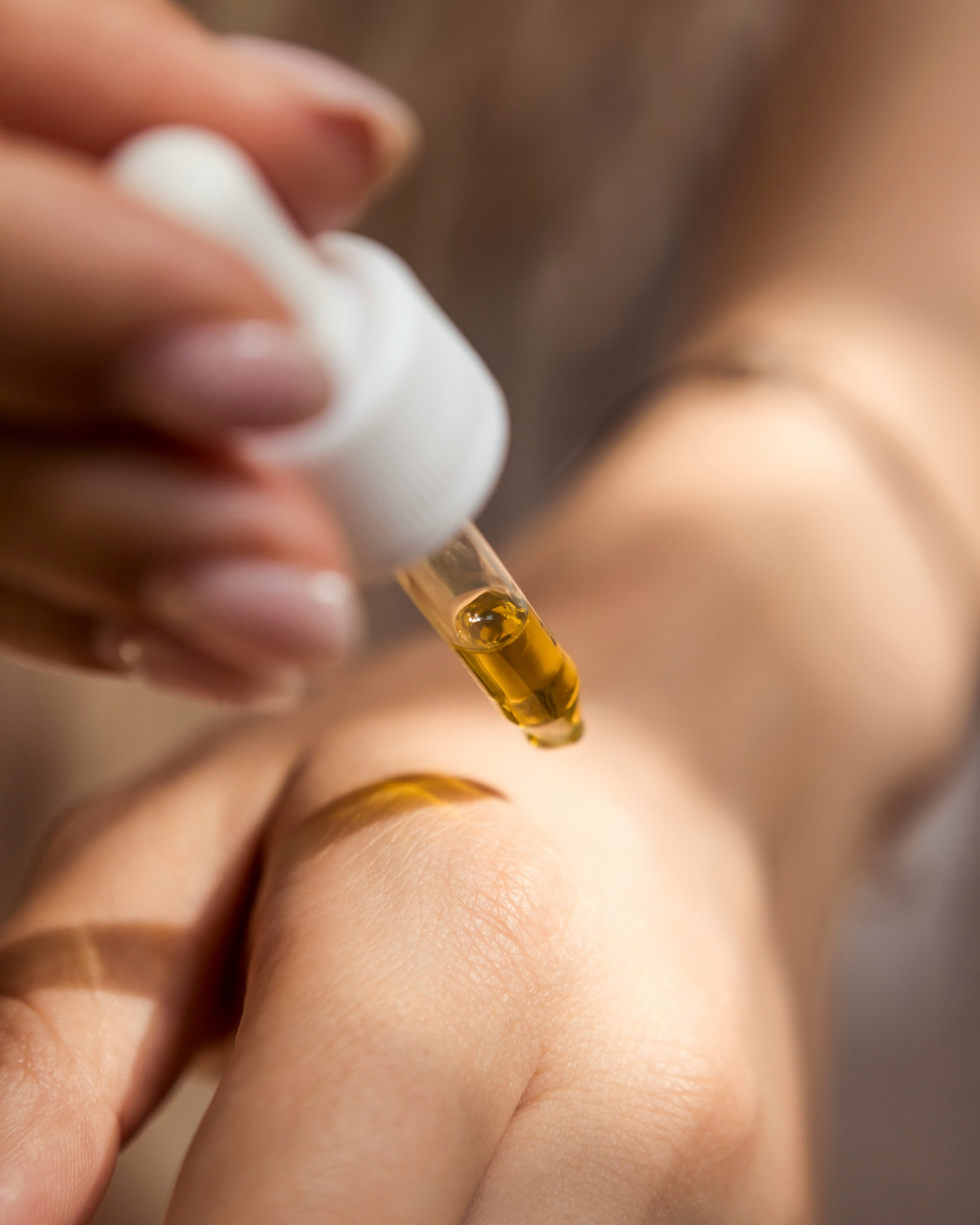
Dream Clients
McCusker prizes brands that have a firm grasp on their cost of goods and product claims. She said, “That’s somebody who I get the most excited to work with so that I can really put my best foot forward and meet the expectation that the customer has.”
Poling values clients that have a clear understanding of the scope and costs of the project at hand. She recommends websites like UL Prospector for founders looking to educate themselves on ingredients and raw materials before approaching a supplier.
“We just want you to be really upfront. If you’re wanting to launch five products at CVS, you’re looking at $100,000-plus,” she said. “That’s usually the No. 1 thing that they get stars in their eyes. It’s either, ‘Yep, not a problem,’ or ‘You’re kidding me.’”
Poling is energized by brands that are passionate about products. “That’s what we’re doing all of the hard work for,” she said. “It’s for someone who sees that there’s a lot of sacrifices that go into these products—emotional, physical, financial—on our end and on their end.”

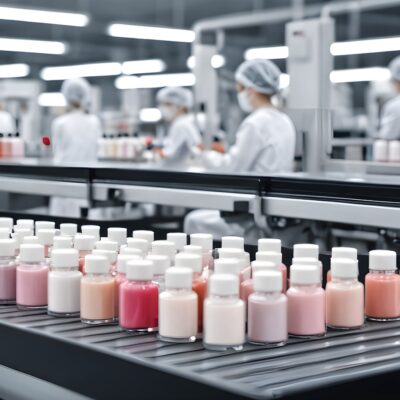
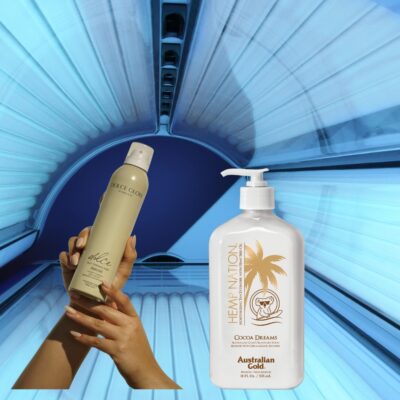


Leave a Reply
You must be logged in to post a comment.